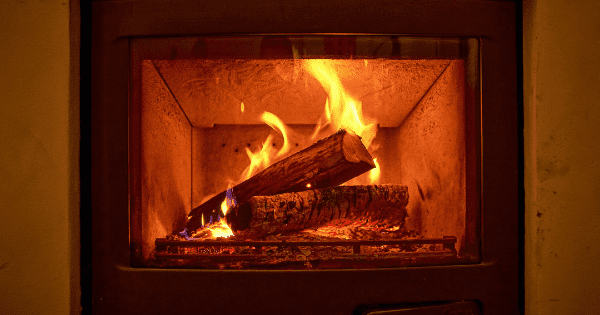5 Tips for Choosing the Right Gas Logs for Your Home
Making the switch from traditional wood logs is a decision every homeowner should consider. Gas logs are safer, more affordable, and mess-free alternatives. The gas fire logs will help you save money, improve indoor air quality, and protect the environment. This simple guide provides five key considerations to keep in mind when selecting a gas log set for your home.
1. Venting Options
Gas logs generally fall into two categories; vented and vent-free systems. Vented log sets require a fully functional wood-burning fireplace. The chimney pushes out combustion by-products, exhaust, and most of the heat. The vented system has a more-realistic and natural-looking flame when compared to its ventless counterpart. Vent-free sets need a fireplace approved for a ventless log set. They produce a bluish flame that delivers more heat to your home. The installation may be subject to local building codes, as some cities do not approve the use of vent-free systems.
2. The Type of Fuel
Gas logs can utilize propane or natural gas as the fuel source. If your home is already connected to a natural gas line, then your choice is already made. Natural gas sets are more popular due to their widespread use across the nation. If there is no gas line yet, you may need to decide on the fuel type to use. Check out what other appliances in your home, such as the water heater use.
3. The Gas Log Size
The sizing of your fireplace is essential in determining the type of gas log sets you can get. Improperly sized logs can lead to overheating and permanent damage to your firebox and gas valves. Measure the front width, back width, depth, and height of the gas fireplace carefully. Always factor in the recommended clearance by the manufacturer before purchasing your set.
4. Means of Control
A gas log set has four basic options for flame control – safety pilot valve, millivolt valve, variable valve, and electronic ignition valve.
The manual safety pilot valve is similar to those present in water heating systems. You can light the pilot by reaching inside the fireplace and turning on the control knob. You can operate the gas logs without fear of the gas leaking into your home.
The millivolt valve utilizes a remote control system that allows you to turn the logs on and off while having a standing pilot.
The variable valve allows you to use a remote control system that turns the logs on and off as well as adjust the flame height.
The electronic ignition system allows you to have full control of the logs with a remote control. The remote control allows you to turn the pilot on and off without having to ever touch the control knob. You also have the ability to turn the logs on and off as well as adjust the flame height.
5. Gas log Material, Style and Accessories
Gas logs are made of either refractory ceramic or ceramic fiber. Manufacturers use molds of wood to create composites that resemble real wood as close as possible. Refractory ceramic logs will last much longer and unlike fiber gas logs, will not break down and cause a strange odor over time. Your gas log style depends heavily on your tastes and preferences. Generally, if you are after the looks of the flame, choose vented options. For heating purposes, choose vent-free systems. You can also opt for premium brands with crackling accessories and different flame options.
Choosing the best gas logs set can help set the right mood within your space. They are cleaner, affordable alternatives to wood logs, providing the necessary heat within your home. If you are looking for a fireplace store in Greensboro, Graham or Burlington, NC, The Flame Company can help you find the right fireplace or gas log set for your home.

